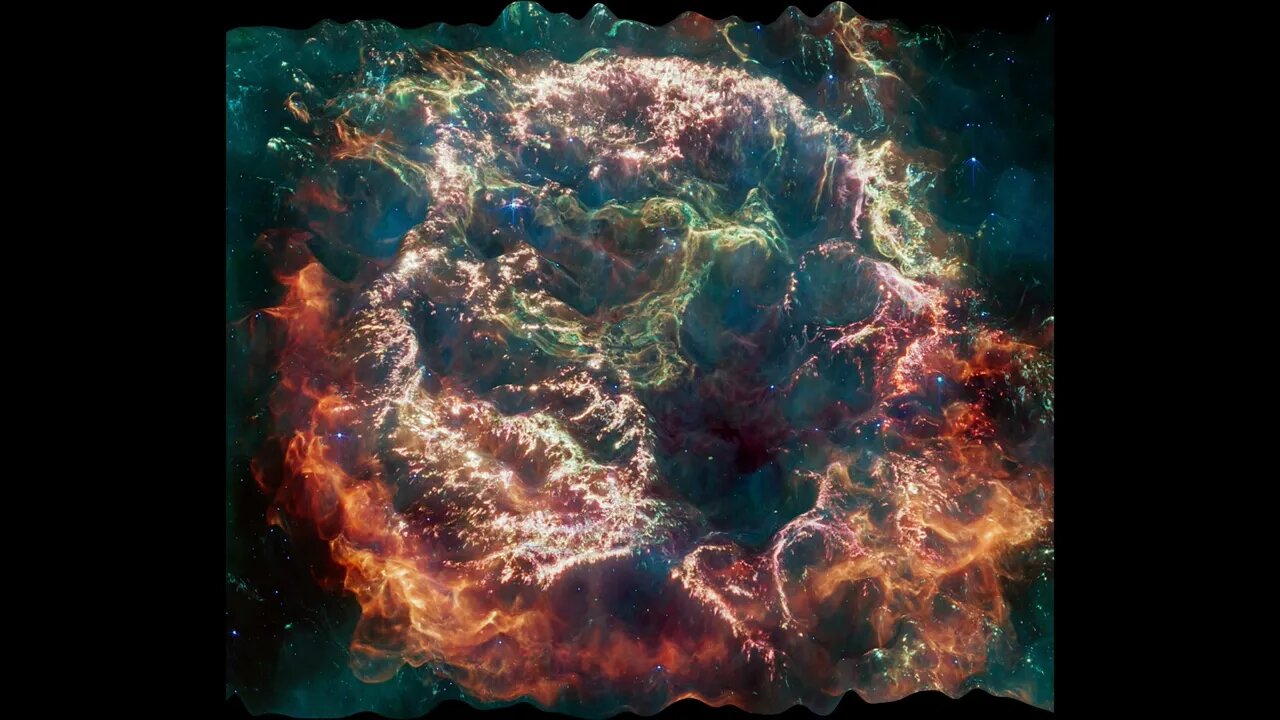Premium Only Content

Exploring the Cosmic Artistry of Cassiopeia A in 3D: Marvels of a Supernova Remnant
Welcome to Styx AI, a trailblazer in the field of image processing for medical and astronomical applications. Leveraging our profound expertise and innovative techniques grounded in quantum mechanics, we have revolutionized imaging across diverse industries. Our relentless pursuit of technological advancements drives us to develop and validate software that uncovers new information and insights about the vast universe. By harnessing pristine astronomical imaging data, we enable groundbreaking discoveries and advance medical imaging, particularly in cancer detection.
At Styx AI, our image decomposition techniques empower us to extract highly accurate features, reconstruct images, and provide invaluable insights into the intricate structural morphology of target images. Through our meticulous process, we possess the ability to deconstruct an image into a nearly infinite number of segments and expertly reconstruct them to reveal hidden depths and previously obscured details. As part of our ongoing endeavors, we are actively developing advanced 3D depth models that elevate image processing to new dimensions.
Now, let us embark on a journey to explore the awe-inspiring Cassiopeia A (Cas A), a supernova remnant located approximately 11,000 light-years from Earth in the constellation Cassiopeia. Spanning about 10 light-years, this celestial phenomenon has captivated scientists and astronomers for decades. In our latest 3D image, generated using data from Webb's Mid-Infrared Instrument (MIRI), we shed new light on Cas A.
As we examine the exterior of the remnant, striking curtains of material come into view, radiating shades of orange and red. These vibrant hues are a result of emission from warm dust, revealing where ejected material from the exploded star collides with surrounding circumstellar matter.
Moving inward, we encounter a mesmerizing display of mottled filaments adorned with clusters and knots, shimmering in bright pink. This intricate pattern represents the remnants of the star itself, shining through a combination of various heavy elements and dust emission. Fainter wisps near the cavity's interior hint at the presence of stellar material.
Drawing our attention across the top of the central cavity, a loop manifests in vibrant green. Its shape and complexity present an intriguing puzzle, challenging scientists to comprehend its origins and dynamics.
To create this stunning image, NASA merged data from various filters. The color red, assigned to 25.5 microns (F2550W), illuminates certain features, while orange-red (F2100W), orange (F1800W), yellow (F1280W), green (F1130W), cyan (F1000W), light blue (F770W), and blue (F560W) enrich the composition with their distinct contributions. This exceptional data originates from the general observer program 1947, offering us a remarkable glimpse into the remarkable Cassiopeia A.
Join us on this mesmerizing journey as we unravel the secrets of Cas A, delving into its intricate details and unveiling its enigmatic beauty.
Image: NASA, ESA, CSA, Danny Milisavljevic (Purdue University), Tea Temim (Princeton University), Ilse De Looze (UGent)
Image Processing: Joseph DePasquale (STScI)
Further Image processing, 3D models, and filters: STYX AI
#styxai
#CasA
#supernovaremnant
#CassiopeiaA
#astrophotography
#StellarPhenomenon
#AstronomyDiscovery
#celestialwonders
#cosmicbeauty
#stellarevolution
#CosmicDimensions
-
 2:21:11
2:21:11
Nerdrotic
6 hours ago $1.99 earnedDown the Rabbit Hole with Kurt Metzger | Forbidden Frontier #090
43.2K15 -
 2:41:13
2:41:13
vivafrei
11 hours agoEp. 251: Bogus Social Security Payments? DOGE Lawsduit W's! Maddow Defamation! & MORE! Viva & Barnes
164K220 -
 1:19:23
1:19:23
Josh Pate's College Football Show
4 hours ago $0.33 earnedBig Ten Program Rankings | What Is College Football? | Clemson Rage| Stadiums I Haven’t Experienced
30.1K -
 LIVE
LIVE
Vigilant News Network
10 hours agoBombshell Study Reveals Where the COVID Vaccine Deaths Are Hiding | Media Blackout
2,187 watching -
 1:17:59
1:17:59
Sarah Westall
6 hours agoDOGE: Crime & Hysteria bringing the Critics & the Fearful - Plus new CDC/Ukraine Crime w/ Dr Fleming
21.2K3 -
 45:39
45:39
Survive History
11 hours ago $2.17 earnedCould You Survive in the Shield Wall at the Battle of Hastings?
20.9K5 -
 1:50:28
1:50:28
TheDozenPodcast
10 hours agoViolence, Abuse, Jail, Reform: Michael Maisey
54.3K2 -
 23:01
23:01
Mrgunsngear
1 day ago $0.68 earnedWolfpack Armory AW15 MK5 AR-15 Review 🇺🇸
54.5K12 -
 25:59
25:59
TampaAerialMedia
1 day ago $1.31 earnedUpdate ANNA MARIA ISLAND 2025
30.8K3 -
 59:31
59:31
Squaring The Circle, A Randall Carlson Podcast
12 hours ago#039: How Politics & War, Art & Science Shape Our World; A Cultural Commentary From Randall Carlson
23.9K2